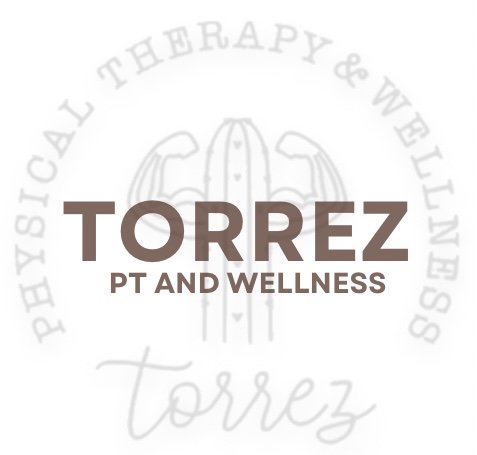Why You Should Do Physical Therapy After An Ankle Sprain
An ankle sprain involves the lower part of the leg and typically occurs when you roll your ankle. This commonly occurs in sports when you jump and land incorrectly or you may step on someone’s foot causing your ankle to roll inward or outward. Ankle sprains can even occur just from stepping wrong or even catching the edge of the sidewalk. It usually results in pain, swelling, discomfort and difficulties with walking, running and jumping. Leaving your ankle untreated can lead to more serious issues down the road and an increased likelihood of re-spraining that ankle. Upwards of 80% of people will suffer a reinjury. With physical therapy you can make a full recovery and return to what you love doing. You may even end up stronger than you were prior to the injury.
So what exactly is an ankle sprain? A sprain occurs when you overstretch or tear the ligaments in the ankle that help stabilize the joint. Most common sprains occur on the outside of the foot when the foot rolls inward. There are 3 grades of severity of a sprain: Grade 1, Grade 2, and Grade 3. Grade 3 is considered a severe sprain and may involve more than one ligament. Treatment will depend on severity of the ankle since a grade 1 involves stretched ligaments vs a grade 3 which involves torn ligaments. If you are unable to walk, have tenderness along the bones on the outer foot or on the inside or outside of your ankle you should have an x-ray done to rule out a fracture. If there is a fracture, you’ll likely be put in a boot or cast and ordered to non-weight bear for a period. If a fracture is ruled out, you still may be required to wear a boot and be non-weight bearing for more severe ankle sprains. Doctors may clear you to start PT during this time even if you are non-weight bearing.
Physical therapy will help you regain full use of your ankle. There are 5 major key aspects that need to be restored for you to regain full function of your ankle. Those 5 things are: regaining full range of motion, restoring proprioceptive awareness, restore strength, and stability. These all work hand-in-hand or should I say foot-in-foot?!? Meaning it’s difficult to have one of these if you don’t have the others.
Range of motion is more than just stretching the ankle. It involves a combination of tissue mobility and joint mobility. Your therapist with teach you different stretches and joint mobilizations to restore range of motion. When you get injured and lose range of motion-your proprioception is also affected.
Proprioception is the brain body connection. Your nervous system is like the mother board of your body. This is how and why severe brain injuries can impact your ability to walk. If your brain isn’t working 100% it cannot communicate with the rest of the body which may result in limited ability to use our hands or legs. Any time you have a traumatic injury-sprain, strain, or even a broken bone-the communication between that body area and the brain becomes disrupted. That disrupted connection is what makes it extremely challenging to control your ankle or foot early on after an injury and why it feels like you have to relearn how to walk all over again. This two way communication system directly impacts your balance and stability when on your feet.
Strength in the ankle foot complex is vital for athletic performance and basic daily function. Strength is determined by the amount of force a muscle can exert. This will be impacted with an ankle injury and is usually not the initial focus during rehab. Once motion is restored, however, it’s time to really hone in on the strength work. This usually entails single leg activities to isolate muscles and big movements like lunging and squatting. And lastly, comes stability, often confused and used synonymously with strength. They should not be used interchangeably because they are not the same thing. Strength, mentioned above, is the amount of force your muscles can exert. Stability is the amount of force you can resist. If a house does not have as solid foundation-it will collapse. I always tell people to think of stability as your body’s foundation. If these 5 things are restored, then you will undoubtfully be on your way to returning to your previous level of activities.
And as always TPTW is completely mobile bringing physical therapy, body work and all other wellness services to your doorstep, providing services in home. We are currently servicing the Greater Phoenix Area. Call/text us at 575-499-4249 to schedule an appointment today.
Yours truly,
Dr. Savannah Torrez, PT, DPT, COMT
“Turn every set back into a comeback”-Kobe Bryant
